Many home cooks who have decided to splash out and try one of the many flavored and aromatic oils that are now available, have been disappointed and the dishes have ended up a disaster. Deciding which type of oil to use when, and for what dish, can be largely guess work. What matter is the suitability of the base oil for the dish you are trying to cook. It is not widely known that oils that are good for salads and low temperature frying may be totally unsuitable for high temperature frying or deep frying. What oil you use, even for greasing baking dishes and trays, can also be very important as if you use the wrong oil, the food will tend to stick to the pan surface. So its time to review the information about cooking oils.

Cooking Oils : What to Use When, for What, How to Use Flavored Oils
by janderson99
There is an increasing variety of oils now available for a variety of purposes. But what oil is best suited for each purpose? Discover what oil to use for what, when and why.
Various oils are suitable for fried and sauteed dishes, deep frying, baked items and for drizzling on salads, fish and vegetables.
The critical issue is the 'smoking point temperature', which defines the temperature when the oil will start to burn. Various oils have a wide range of smoking point temperatures which limits their use.
Oils with high smoking point temperatures are suitable for frying and searing, as they do not burn. They are also suitable for greasing pans for items that are baked at high temperatures. Cookies that stick to the pan is often a sign that the oil used was unsuitable, and has burnt.
Oils with lower smoking point temperatures are more suited to adding to salads and for drizzling over cooked dishes.
The other key aspect is taste and aroma. Peanut oil is an excellent oil for frying, but it has a strong taste that tends to dominate stir fries, particularly for seafoods dishes that have delicate flavors.
If you are going to use a flavored oils for various purposes make sure you check on the base oil used, and whether it is suitable for the intended purpose.
High Smoking Point Temperature Oils Suitable for Searing, Pan Frying and Deep Frying
- Avocado Oil
- Rice Bran Oil
- Olive Oil - extra light
- Olive Oil - Pomace
- Corn Oil
- Peanut Oil
- Safflower Oil
- Soybean Oil
- Sunflower Oil
- Grape Seed Oil
All these oils have smoking point temperatures above 450 degrees F. Rice bran oil, peanut oil and safflower oil are the major oils suitable for higher temperature frying. Grape seed oil is another type that is excellent for stir fries. It has a neutral taste and does not burn.
Low Smoking Point Temperature Oils not Suitable for Frying
- Macadamia Oil
- Lard
- Butter
- Coconut Oil
- Hemp Seed Oil
- Olive Oil - Extra Virgin
These oils have smoking point temperatures below 400 degrees F and are not suitable for high temperature frying or baking.
The surprising ones on the list are Lard, Butter and Extra Virgin Olive Oil, which many people use for frying. However they are more suited for lower temperature baking and browning prior to roasting, making sauces and drizzling over cooked dishes.
Save your Extra Virgin Olive Oil for drizzling and low temperature finishing of dishes and use Light Virgin Oil and other varieties for frying.
Types of Cooking Oils and Their Uses
Seed and Nut Oils: Unrefined seed and nut oils are best used in salad dressings, for drizzlng over cooked foods, usually after doing the frying with a neutral oil like grape seed or rice barn oil. Many of these seed and nut oils add delightful flavors and aromas to a dish. For example sesame seed oil is a delightful addition to many Asian dishes - but you would not want to fry using it as it has a very powerful flavor. Some good examples are walnut oil, macadamia oil and dark sesame oil. There are some other very expensive and hard to get alternatives such as pistachio, pecan oil, hazelnut and pumpkin seed oil.
Scented and Flavored oils: These oils are generally used for sprinkling over cooked food as the final touch or drizzled over salads and other cold dishes. These oils are infused with herbs and spices and other highly flavored ingredients. If you can afford it, the king of the flavored oils is truffle oil. But you can still get good 'bangs for you buck' with many other oils such as like wasabi oil, lemon oil and porcini oil. Wasabi oil is a delight sprinkled over cooked fish and poultry dishes; and lemon and sesame oils are ideal for seafood.
Rice Bran Oil: This light and neutral tasting oil is extracted from the inner husk and the germ of the rice (the good stuff!). It is healthy, being made up of monounsaturated and polyunsaturated fats (3 gm saturated, 7 gm monounsaturated and 5 gm polyunsaturated in a tablespoon). Its a good alternative to canola oil and has a higher smoking point temperature.
Canola Oil: This is widely used as an alternative to olive oil for general cooking and baking. It is healthier that olive oil with a very low saturated fat content (canola 7% compared to 15 % in olive oil). It’s a fabulous source of omega-3 fatty acid ALA and linoleic acid (an omega-6 fatty acid) and several other important nutrients. Canola oil has been criticised as a trendy name for rape seed oil, which contains relatively high amount of erucic acid, which can be toxic to humans. However, the canola plant was developed as a generic variant of the rapeseed plant, so that canola oil has very low levels of erucic acid. On the other hand, many people have shunned canola oil because genetically engineered canola is widespread and has contaminated most crops throughout the world.
Extra Virgin Coconut Oil: If you can find it, this oil makes a very good substitute for butter and imparts a delightful coconut taste and aroma to the food.
Extra Virgin Olive Oil: This is the king of oils and has a well established reputation because of it association with the famous Mediterranean Diet. It can be used for drizzling and finishing many dishes and for low temperature frying and cooking (not stir fries). It is also used as an ingredient in many recipes requiring a little added oil. It is a healthy oil that is high in monounsaturated fats, trace nutrients and has antioxidant properties. But don't waste it on high temperature frying. Use extra light olive oil, which is cheaper, and has a much higher smoking point temperature at 468 degrees F.
You might also like
How to kill a crab humanelyTo cook crab you must buy it live. This creates a problem most home cooks do...
Cookie Care PackagesThere are many reasons that people send care packages, but what makes a care ...
Review of Michelina's Chocolate Fudge BrownieA review of the microwaveable dessert I purchased at the store for $1.
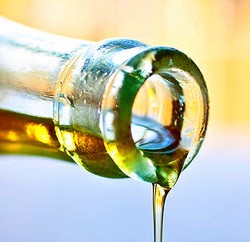

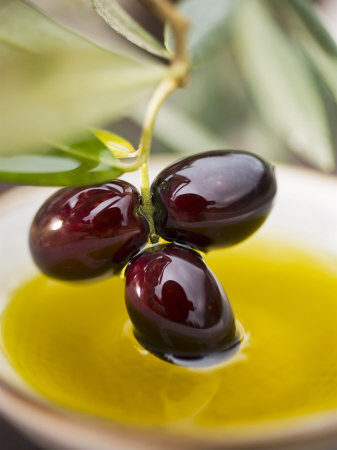
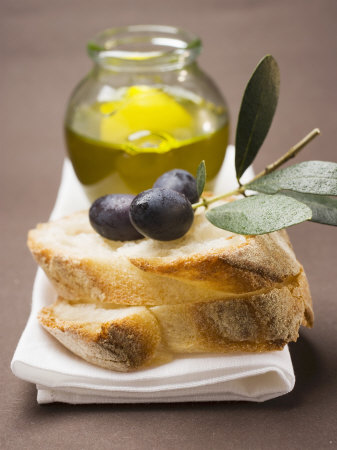
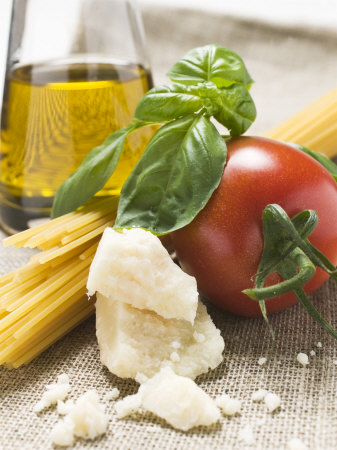




 Google's Secret Traffic Share Quotaon 10/18/2014
Google's Secret Traffic Share Quotaon 10/18/2014
 Starting a Garden : What Tools do You Really Need?on 04/28/2012
Starting a Garden : What Tools do You Really Need?on 04/28/2012
 How to Grow Thyme Indoors and Outdoors from Seedon 04/27/2012
How to Grow Thyme Indoors and Outdoors from Seedon 04/27/2012
 How to Make Eggplant Parmigiana at Homeon 04/27/2012
How to Make Eggplant Parmigiana at Homeon 04/27/2012



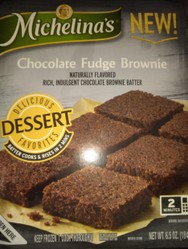
Comments
In my opinion, you can't beat good olive oil. I buy it directly from the olive presses in Arab towns around here. Very informative article.